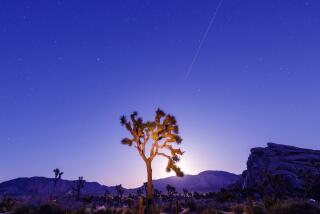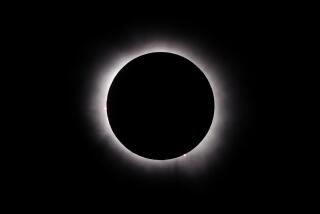28 solar flares in the last seven days, and more may be coming
The sun has erupted more than two dozen times over the last week, sending radiation and solar material hurtling through space - and scientists say more eruptions may be coming.
This shouldn’t be unusual. After all, we are technically at solar maximum, the peak of the 11-year cycle of the sun’s activity. But this has been a noticeably mellow solar maximum, with the sun staying fairly quiet throughout the summer. So when our life-giving star suddenly let loose with 24 medium strength M-class solar flares and four significantly stronger X-class flares between Oct. 23 and Oct. 30, it felt like a surprise.
Many of the flares originated from sunspot AR1884, a particularly active region of the sun that is currently facing Earth, almost at the center of the star. If this region stays active, it will continue to hurl radiation and solar material our way for about another week until it rotates out of sight.
Great Read: Meet the man who draws the sun
A sunspot is an area of the sun where the magnetic fields have gotten all twisted up. “You get a tangled bunch of magnetic fields, and they get too tangled and too stressed, they end up erupting,” said Holly Gilbert, a solar physicist at NASA Goddard Space Flight Center.
The good news is that none of the rapid-fire solar flares of the last week have had much effect on life on Earth. Our atmosphere protects us from the sun’s occasional powerful bursts of light and radiation, but solar flares do occasionally interact with our communications systems. The radiation can mess with an upper layer in our atmosphere called the ionosphere and cause radio signals to act funky.
PHOTOS: Stunning images of the sun
Gilbert said the solar physicists at Goddard were glad to see more activity from the sun after such a quiet summer.
“It hadn’t been active in months, so it’s like it finally woke up,” she said. “For those of us who study the dynamics of the sun, it is exciting because it gives us more events to study.”
And for the rest of us it gives us the opportunity to watch cool videos, like the one above, of the sun erupting.
Crazy things are happening up there in the sky. Follow me on Twitter for more stories like this.
ALSO:
Comet ISON holding together as it nears the sun [Photo]
Kepler-78b: This scorched planet is more like Earth than you think
2 major solar flares Friday - the second twice as intense as the first







